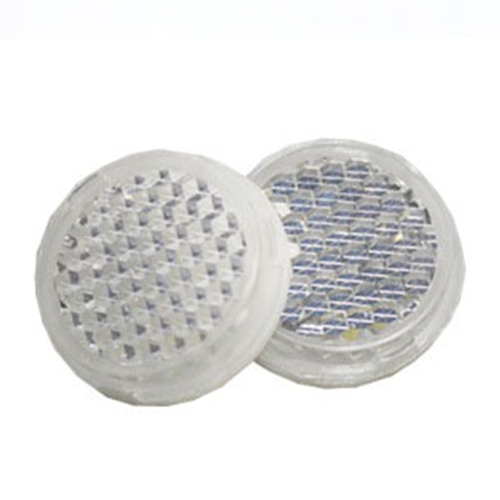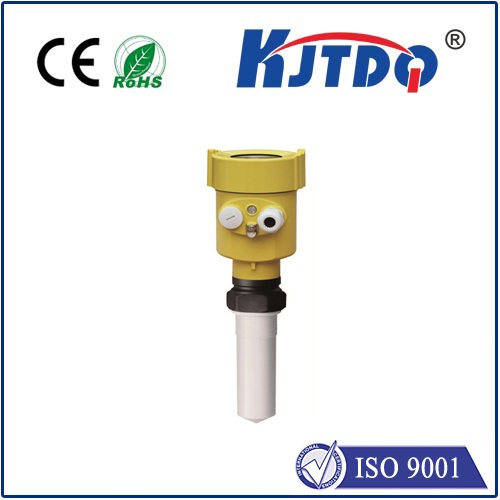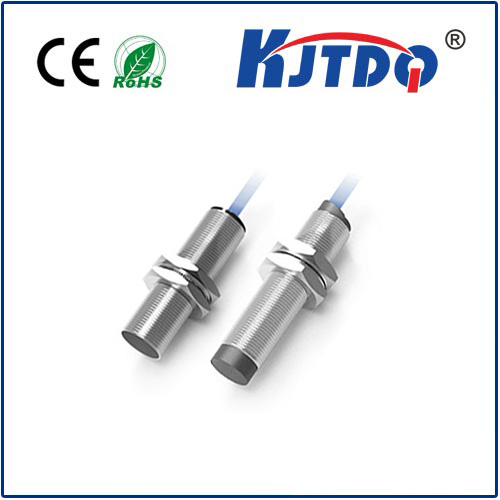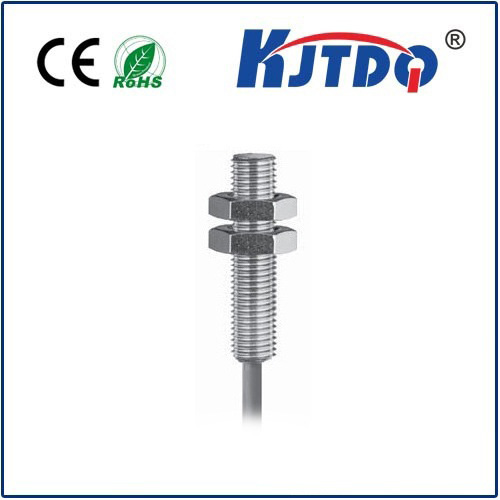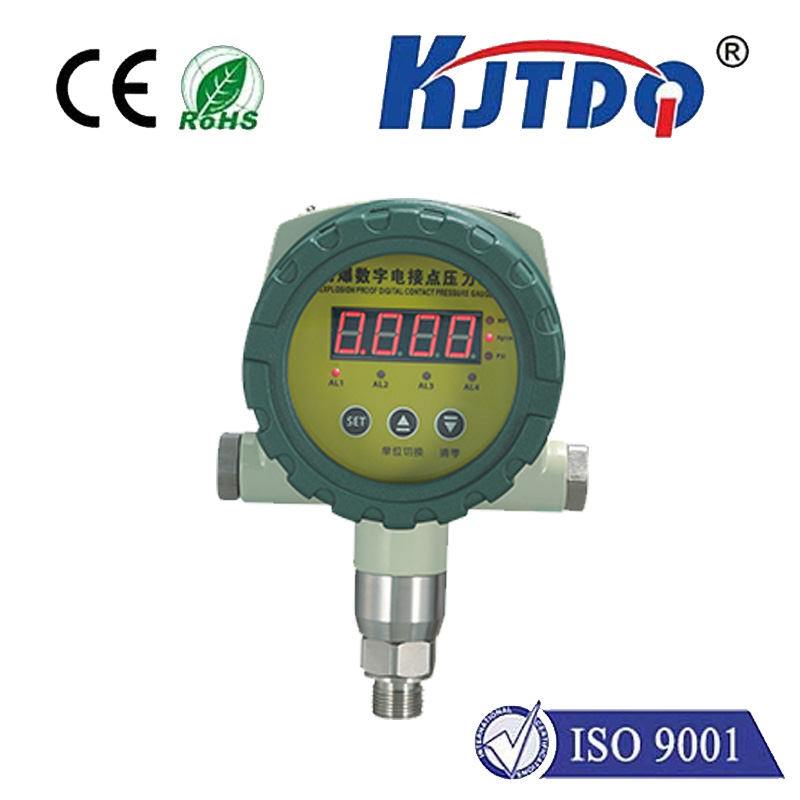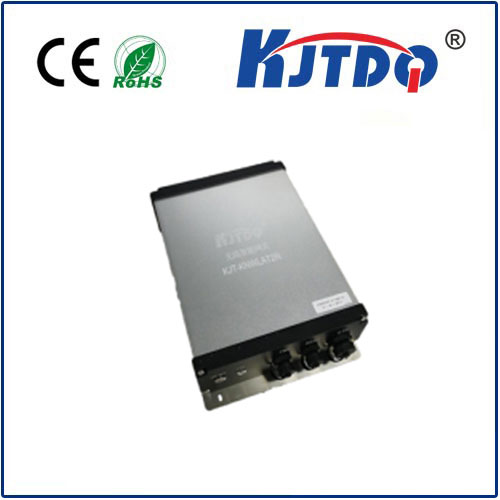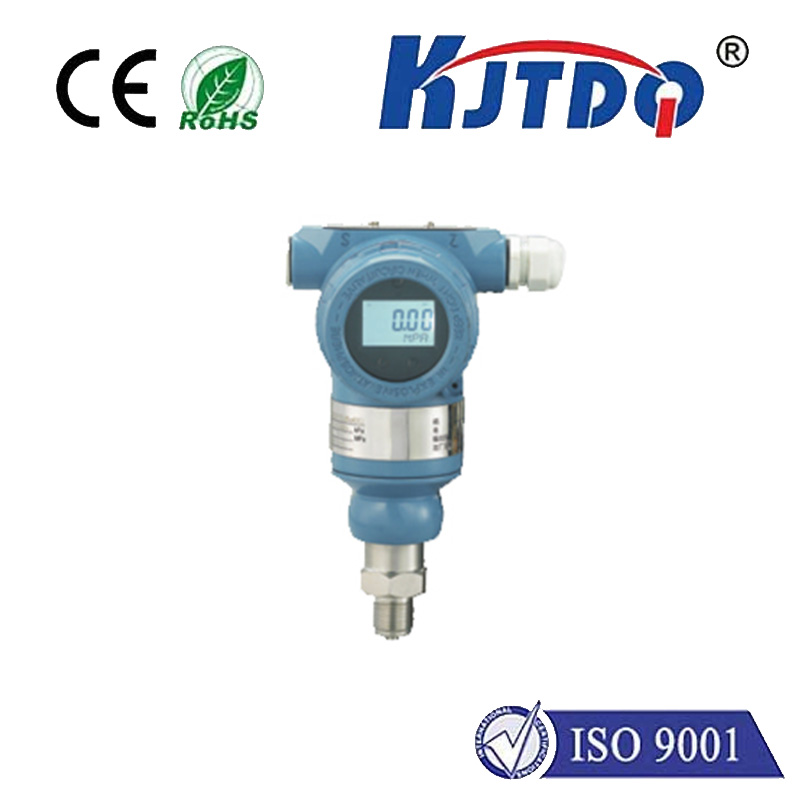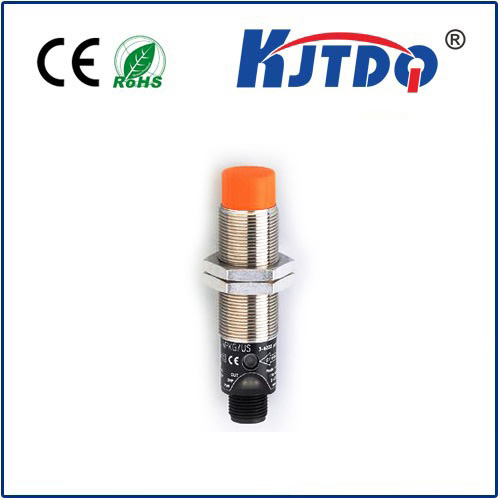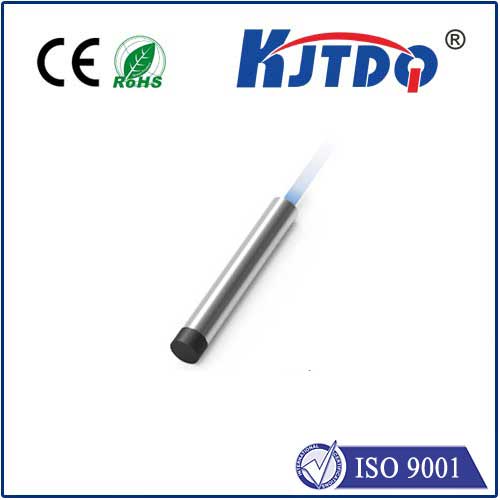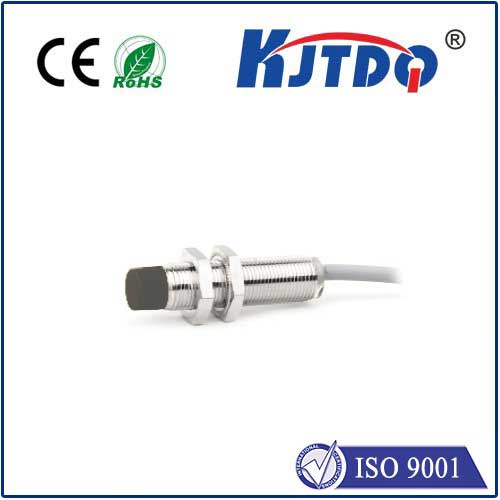BES02KE proximity sensor
- time:2025-10-02 01:22:00
- Click:0
BES02KE Proximity Sensor: Reliable Non-Contact Detection for Demanding Automation
In the intricate dance of modern manufacturing and automation, unseen heroes ensure precision, safety, and efficiency. Among them, proximity sensors play a pivotal role, acting as the reliable “eyes” of machinery, detecting objects without physical contact. Enter the BES02KE proximity sensor – a robust, inductive solution engineered for dependable performance in challenging industrial environments. Understanding its capabilities is key to unlocking smoother operations and enhanced machine intelligence.
Demystifying the BES02KE: Core Technology and Function
At its heart, the BES02KE is an inductive proximity sensor. This means it detects the presence of ferrous metals (like iron and steel) by generating an electromagnetic field around its active sensing face. When a metal target enters this field, it induces tiny eddy currents within the metal itself. This interaction alters the sensor’s internal oscillator circuit, a change meticulously monitored by the sensor’s electronics. Upon reaching a predefined threshold, the sensor’s output state swiftly switches – typically from “off” to “on” or vice-versa – signaling the target’s detection.
The “KE” suffix often indicates specific design features relevant to the BES02KE series, commonly including a robust M12 threaded housing and often featuring a 1.5-meter PVC cable or quick-disconnect connector option. This standardized design ensures easy installation, replacement, and compatibility with ubiquitous M12 mounting nuts and receptacles found throughout industrial panels and machinery.

Why the BES02KE Stands Out: Key Features and Advantages
Designed for the rigors of industrial life, the BES02KE proximity sensor packs significant advantages:
- Exceptional Durability: Built to withstand harsh conditions, it typically boasts a high IP67 (or often IP68/IP69K) Ingress Protection rating. This translates to reliable operation despite exposure to dust, oil, coolants, and powerful water jets – common hazards in factories, packaging lines, and food processing plants.
- Non-Contact Operation: The fundamental principle of inductive sensing means the BES02KE sensor never physically touches the target. This eliminates mechanical wear and tear, drastically extending its operational lifespan compared to mechanical switches. No contact also means no friction, no sticking, and silent operation.
- High Switching Frequencies: Capable of detecting rapidly moving targets, the BES02KE offers high switching speeds. This is crucial for applications like counting fast-moving parts on a conveyor belt, monitoring high-speed spindle positions, or verifying component presence in assembly robots.
- Resilience Against Interference: Industrial environments are electrically noisy. The BES02KE is generally designed with robust electromagnetic compatibility (EMC), minimizing false triggers from nearby motors, drives, or welding equipment. Shielded designs are common to enhance this immunity.
- Long Sensing Ranges for Size: Inductive sensors like the BES02KE offer surprisingly generous sensing ranges relative to their compact M12 size. This provides flexibility in mounting positions, allowing machines to be designed with better clearances or more forgiving tolerances.
- Output Flexibility: The standard BES02KE typically comes in NPN Normally Open (NO) or PNP Normally Open (NO) configurations (3-wire DC), allowing seamless integration with diverse control systems (PLCs, controllers). Some variants might offer Normally Closed (NC) or specific voltage options.
- Bright Status Indication: A clearly visible LED indicator immediately signals the sensor’s state (target present/absent) and power status, simplifying commissioning, troubleshooting, and visual operational checks on the factory floor.
Putting the BES02KE to Work: Diverse Industrial Applications
The reliability and versatility of the BES02KE proximity sensor make it a go-to solution across countless automation scenarios:
- Position Verification: Confirming cylinders are fully retracted or extended, checking if parts are correctly seated in fixtures or pallets, verifying machine guards are closed (safety interlocking).
- Object Detection & Counting: Detecting metal parts on conveyors, counting bottles or cans, confirming presence of components before assembly or processing steps.
- Speed Monitoring: Sensing teeth on rotating gears or sprockets for RPM calculation or synchronization.
- End-of-Travel Detection: Limiting the movement of slides, lifts, or robotic arms safely and precisely.
- Liquid Level Sensing: Detecting metal floats within tanks (requires compatible float design).
- Machine Tooling: Monitoring tool position, spindle orientation, or chuck closure status on CNC machines and lathes.
- Material Handling: Verifying pallet presence at staging areas, detecting metal rollers on conveyors, or controlling gate mechanisms.
Advanced Connectivity: The BES02KE with IO-Link
A significant evolution in sensor technology is IO-Link. Many modern variants of the BES02KE (often identifiable by an “I” suffix, like BES02KI) incorporate this powerful point-to-point communication standard. IO-Link transforms the sensor from a simple switch into an intelligent device:
- Beyond Binary: Transmits detailed diagnostics (operating hours, temperature, signal quality), switchpoint settings, and even identification data.
- Parameterization: Allows remote configuration and adjustment of settings (like sensing distance hysteresis) via the PLC, eliminating manual pot adjustments.
- Simplified Wiring: Uses standard M12 connectors and cost-effective 3-conductor cable for both power and bidirectional data communication.
- Predictive Maintenance: Enables condition monitoring, helping anticipate potential failures before they cause downtime. This represents a leap towards smarter, data-driven factories.
Selecting and Installing Your BES02KE for Optimal Performance
Maximizing the effectiveness of your BES02KE proximity sensor hinges on correct selection and installation:
- Target Material: Ensure your target is ferrous metal (steel, iron). Non-ferrous metals like aluminum or brass require special inductive sensors (factor 1 sensors).
- Sensing Distance: Choose the model with the appropriate nominal sensing range (
Sn) for your application. Remember that the effective sensing distance can be slightly less and is influenced by target size, shape, and mounting.
- Mounting: Consider flush or non-flush mounting capabilities. Flush-mountable sensors can be embedded in metal, offering protection and minimal protrusion. Non-flush sensors generally provide longer ranges. Maintain adequate clearance around the sensor face as per datasheet specifications.
- Environment: Verify the sensor’s IP rating matches your environmental needs (dust, water, chemicals, temperature extremes). Stainless steel housing variants (like V4A/AISI 316L) are available for highly corrosive or hygienic environments.
- Wiring: Connect according to the sensor’s datasheet, paying careful attention to voltage requirements (typically 10-30V DC), output type (NPN NO, PNP NO), and cable color coding (brown = +V, blue = 0V, black = signal).
For IO-Link enabled BES02KE sensors, ensure your master port supports IO-Link and configure the necessary parameters within your control system. The BES02KE’s blend of ruggedness, reliability, and (in IO-Link versions) intelligence makes it a cornerstone component for engineers seeking robust, non-contact detection. Its standardized design ensures easy integration and maintenance, solidifying its position as a trusted workhorse in the world of automation. Ensure proper alignment with the target path and secure mounting to prevent vibration-related issues. Regularly check for buildup of debris on the sensing face, as this can reduce effective range.






